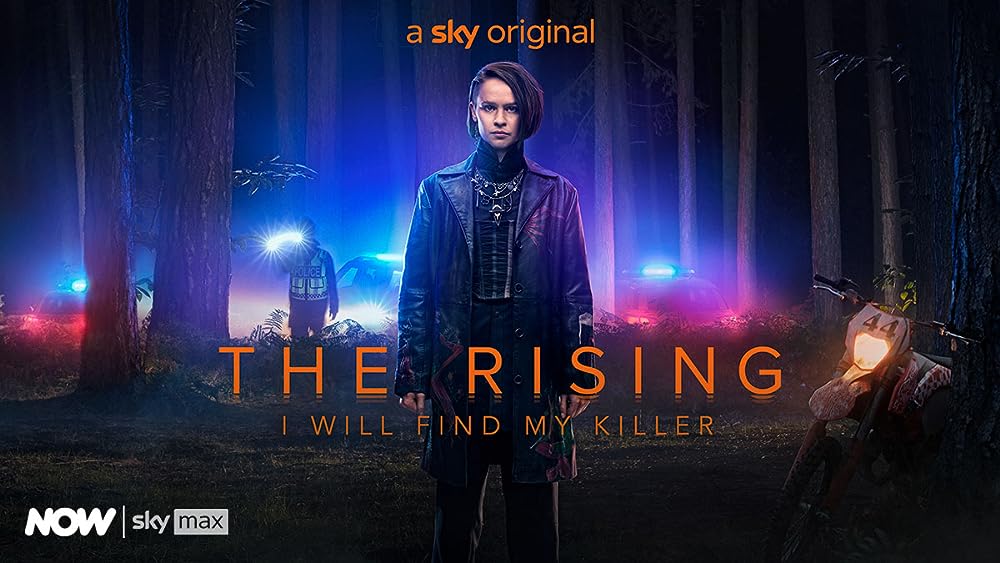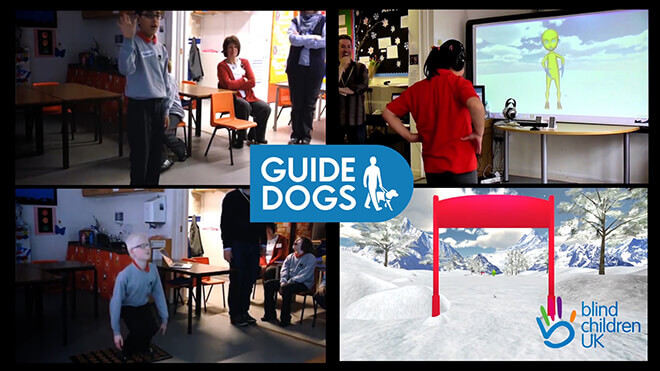Accessibility Training VR App / Accessibility Guidelines Consultancy
Client: HSBC
Since it’s difficult to describe what it’s like to be blind or partially sighted, HSBC’s Digital Experience and Accessibility Team asked us to help them create a virtual reality experience for mobile VR headsets.
Although it’s a bit like a game, it has a serious purpose. To help us create it, blind and partially sighted people told us what their lives are like.
They’d like people to understand how they see – or don’t see – the world around them.
In the experience you’re asked to navigate various rooms as if you had vision impairments. The people who helped us design this experience act as your guides.
The experience has been designed to help those without vision impairments learn how they might better interact with blind and partially sighted people, and to create more accessible products and services for them.
We made use of spatial audio techniques, which become increasingly integral to the experience as you progress. We also simulate different ways that people can experience the world visually - a technical challenge on a mobile device - for which we had to devise various efficient shader effects.
Throughout the project we consulted with a panel of blind and partially sighted people, with the help of AbilityNet and Hassell Inclusion, to understand their challenges and then designing the experience around them, their experiences and their insights.
We are particularly proud that the resulting piece of work authentically provides a small glimpse into their lives - helping sighted people to understand how the members of our panel experience the world around them.
We're also proud of how we squeezed the experience and necessary visual effects on to a mobile VR headset (Meta Quest 2 / 3).
It picked up two Digital Impact Awards as well as a Lovie award, leading in the Accessible Technology category.
During the process of working on this project, we have also consulted with the HSBC team to help them build their world-leading HSBC Metaverse Accessibility Guidelines.






